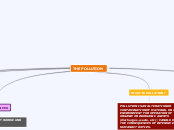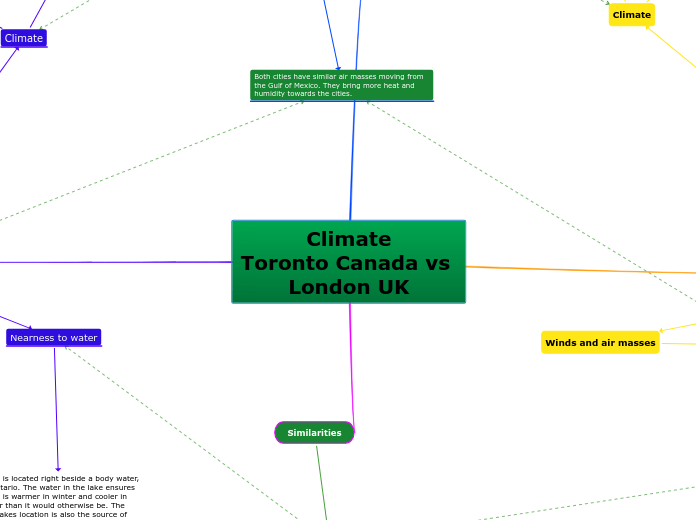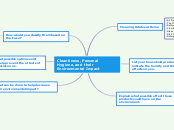par Heidi Killeen Il y a 2 années
175
The Branches of Geography
Geography encompasses various branches that explore the intricate relationship between humans and the natural world. Environmental geography examines the spatial interactions between humans and the earth, while soils geography focuses on categorizing and distributing soil types.









